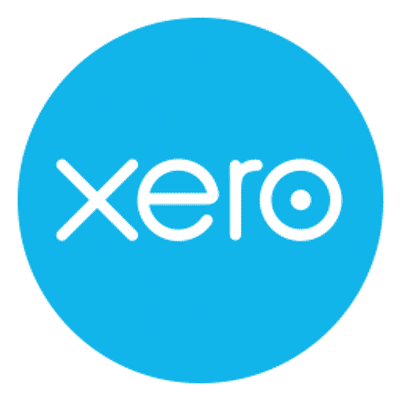Wave is a Accounting Software. Wave offers Tax Management, Spend Management, Revenue Recognition, Purchasing, Project Accounting and many more functionalities.
Some top alternatives to Wave includes Xero, Sage Accounting (Sage One), Patriot Accounting, Quickbooks and WavePayroll.
Yes, Wave provides API.
Yes, Wave provides a mobile app.
Wave is located in Ontario, Canada
Wave offers Freemium pricing model
The starting price is not disclosed by Wave. You can visit Wave pricing page to get the latest pricing.








/logo_1622728934.296577.png)
















